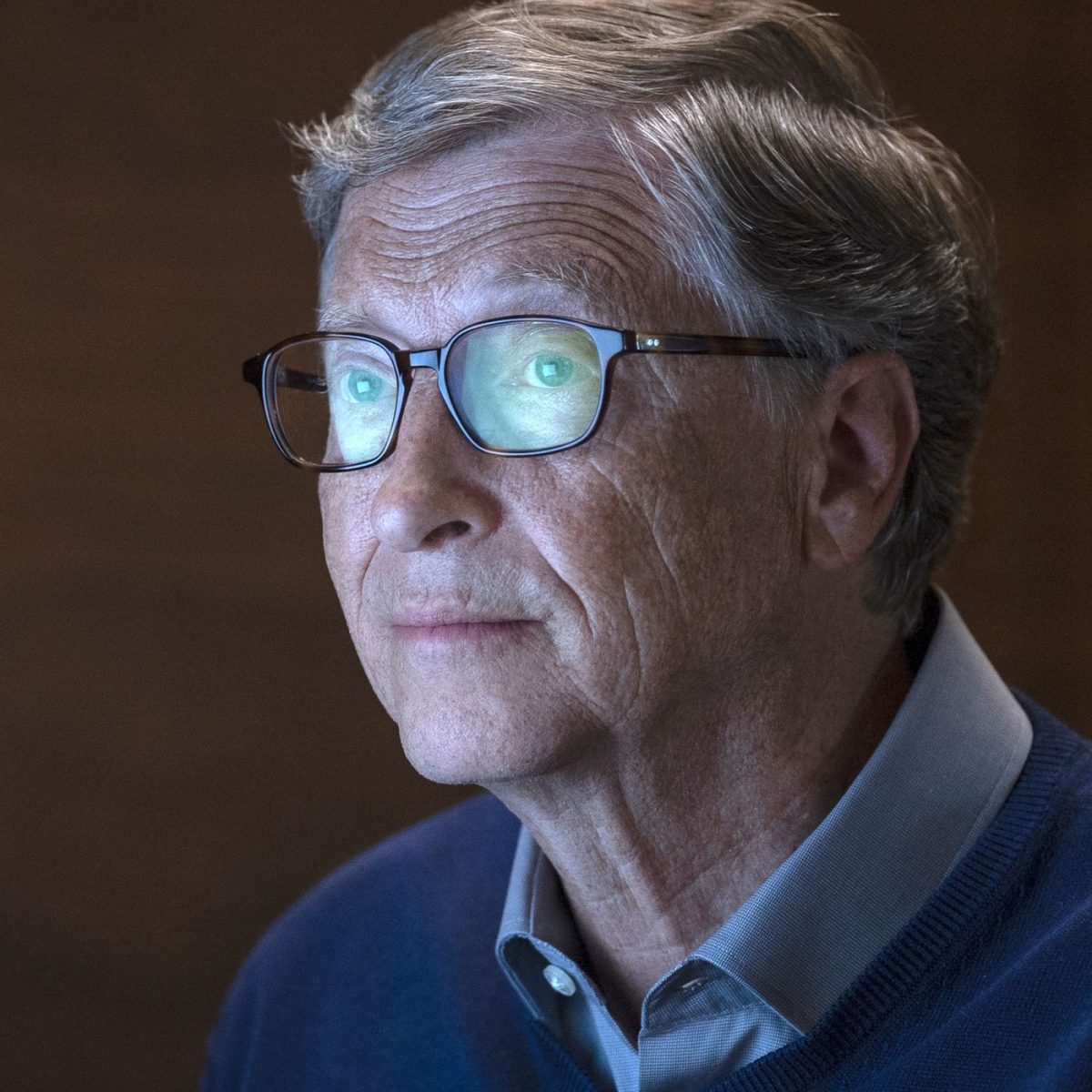Courtesy of The Verge
Bill Gates is most notably known for the prominent software that’s been utilized and explored in virtually all devices – Microsoft Corporation. Launched in 1975, Gates and his co-founder Paul Allen had all expectations of taking the world to the next level. As one of America’s top billionaires, Gates had never been recognized as a person, but rather framed by his monopolistic business that left many others to crumble while Microsoft increased in value.
On Friday, Sept. 20, Netflix released a three-part series called “Inside Bill’s Brain: Decoding Bill Gates,” directed by Davis Guggenheim, who is best known for directing the Academy Award-winning Al Gore documentary “An Inconvenient Truth.” In the series, Guggenheim meets with Gates, along with former colleagues and his wife Melinda, in an attempt to “decode” the ingenious mind that helped program Microsoft’s software.
However, viewers only get to grasp this within the second episode, and not very much of it. The documentary starts in 2008, when Gates initially broke the news that he was officially parting ways with Microsoft. Highlighting life after Microsoft, Gates ventures onto new problem-solving and investing through The Bill and Melinda Gates Foundation, where his money begins to change lives. In between episodes, viewers see old photos and home videos of Gates’ upbringing, life in the business and present-day activities.
The episodes tackle three different causes which Gates advocates for: developing nations, eradicating polio and defeating climate change. Judging from the show title, viewers expected to see what leads great thinkers like Bill Gates to innovate like never before. Instead, the show seems like it’s targeting potential investors while emphasizing global issues and the need for immediate action.
The series goes on to show how Gates applies the same logic used to figure out how polio is still spreading as he does to create a class schedule for an overpopulated school. This scene finally depicts how his mind organizes information and processes it, even when seen as a clutter from the outside. His wife says that “it’s like Bill has a giant Excel spreadsheet in his head.”
As much of the documentary continues, it skips around different life events, from his early childhood, to his marriage, to his relationship with his mother and to his charity work. The documentary struggles in keeping a clear, concise storyline. It primarily focuses on the development of organizations and the battles that he is still currently fighting in order to maintain the foundations he funds.
The second episode features the “decoding” portion that had been anticipated ever since the preview. Gates mentions, “I could just be so extreme. You know, it’s like I knew everybody’s license plate,” describing walking around after-hours at Microsoft. “So I could walk through the parking lot and say, ‘Okay, who’s here and who’s not here?’”
The documentary also tracks the changing relationship between Bill Gates and Allen, first as young teenage boys, then showing their hunger for ambition and their lost friendship, and eventually a reconciliation when Allen passed away from cancer in 2018.
It’s still left in question who Bill Gates really is, and the audience can only assume so much from just the second episode.








